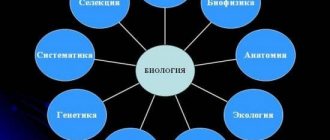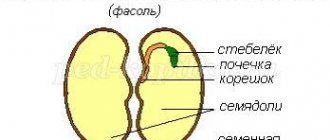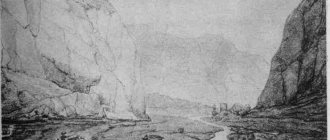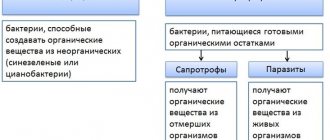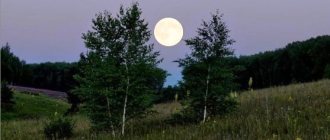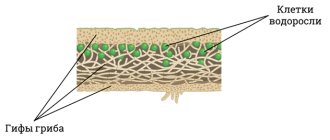so UNT / Lesson developments / Biology lessons
Summary for the biology lesson “Biology as a science. The place of biology in the system of sciences and its significance" 9th grade
05/21/2015 7728 0 Andreeva Marina Aleksandrovna Objectives: 1. Summarize students’ knowledge about living organisms, find out the tasks, the importance of biology for human life. Characterize living organisms by identifying their basic properties. 2.Formation of students’ scientific worldview based on knowledge about living organisms, their properties, and the importance of biology for humans. 3.Know the tasks, the importance of biology, the significant differences between living and nonliving organisms. Develop students' logical thinking (comparison, conclusions...)
Equipment: presentation for the lesson. Method: verbal-visual (conversation, story, diagrams, demographic tables))
During the classes
I. Organizational moment Psychological mood, checking readiness for the lesson; communication of the topic and goals of the lesson, introduction to the general structure of the 10th grade biology course.
Introduction to the textbook, spelling mode. (1 general notebook - workbook, 1 thin - for knowledge control)
II. Updating knowledge 1.What does the science of biology study? (the term was introduced by the French scientist J.B. Lamarck)
500 thousand species of plants (5600 in Kazakh) 2 million species of animals 2. How do you understand the expression: “The beauty of nature depends on its owner” 3. What kingdoms of living nature do you know? 4.What sciences have already been studied in grades 6-9?
Brainstorming (a diagram is drawn up) - repetition of the main sections of biology (zoology, botany, mycology, bryology, ichthyology, helminthology, entomology, ornithology, theriology, anatomy, physiology, ecology, etc.)
III. Studying the topic (students, with the help of the teacher, fill out tables and diagrams)
1. General biology is the science of the general laws of the structure, functioning and development of biological systems.
For several decades now, humanity has been witnessing rapid progress in biology. This science attracts the attention of people of different specialties. It is biology that is expected to solve many of the most important problems related to preserving the environment, ensuring food supply, and human health.
2. Various methods are used to study living nature: p. 3 textbooks - observations - comparisons - experiment or experience - historical
3. Basic properties of living organisms p. 4 of the textbook (slides 6-13) Remember the characteristics that distinguish objects of living and inanimate nature. - metabolism and energy - reproduction, heredity, variability - self-regulation - irritability - growth and development - adaptability to the environment (adaptation, rhythm)
4. Levels of organization of living nature. Working with the textbook: characterizing the levels of living nature. Filling out the table.
Level Characteristic 1.Molecular 2.Cellular 3.Organismal 4.Population-species 5.Biogeocynotic 6.Biospheric
5.The importance of biology (additional material)
IV. Consolidation. Peer review. Assessment.
Arrange the structural levels of life organization in increasing order of complexity: biosphere, cellular, molecular, organismal, population-species, biogeocenotic.
Science studies the structure and functions of cell organelles: (cytology)
What level of organization of living nature are we talking about when mentioning a birch grove (biogeocenotic)
Fish have a streamlined body shape, birds have hollow bones and the body is covered with feathers; on the hind limbs of the frog, membranes are developed between the fingers. What property of organisms are we talking about: (adaptation).
Sunflower inflorescences turn with the sun from east to west during daylight hours. What property are we talking about: (irritability);
• During life, changes occur in the wolf’s body and behavior: it increases in size, learns to hunt animals, etc.. What property are we talking about: (individual development);
• The level of organization at which global problems are solved (biosphere)
• The property of close connection of all living organisms with the environment (metabolism)
• Property – reproduction of one’s own kind (reproduction)
• Did he introduce the term “biology” into science? (J.B. Lamarck)
10-9 — «5» 6-8 — «4» 4-5 — «3» 0-3 — «2»
Reflection. Unfinished sentence (in rows) “For me, the most important thing in the lesson was..., because...” “If people didn’t know about..., then...” “It seemed to me that in the lesson..., because...”
VI. Homework
p.3-5, synopsis Message “Development and achievements of biological science in Kazakhstan”
